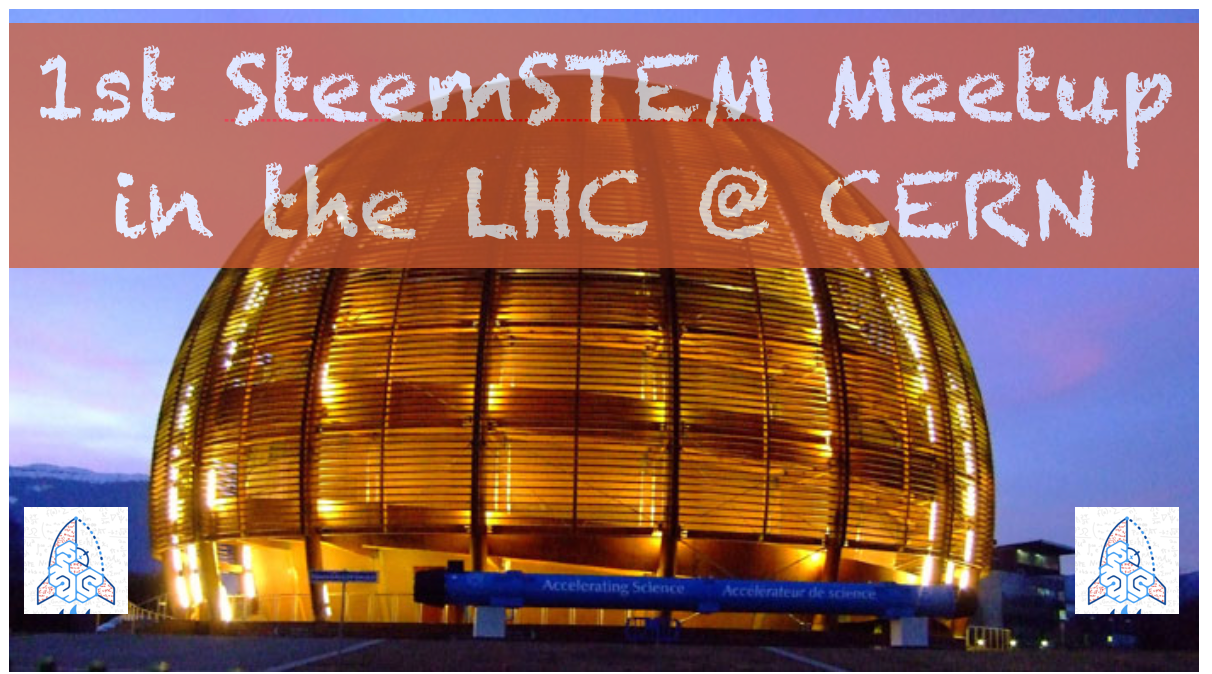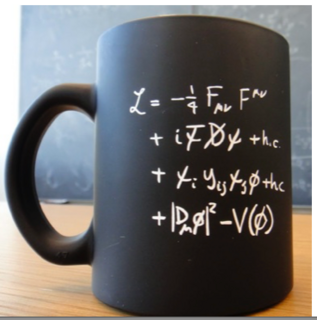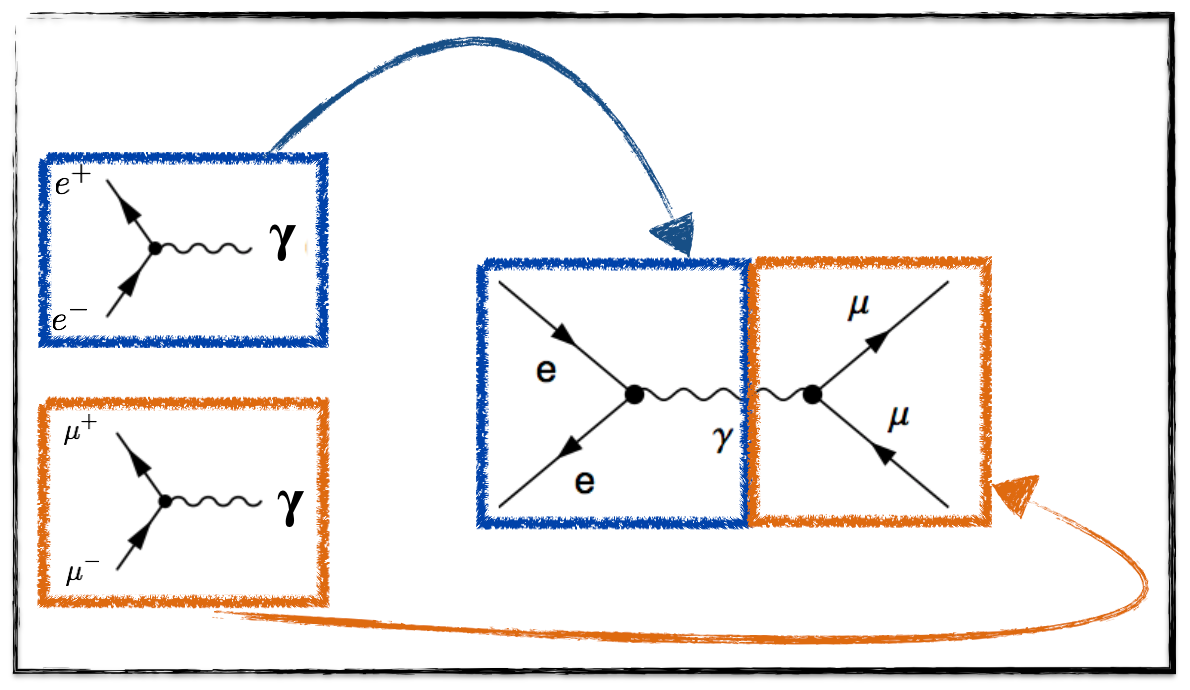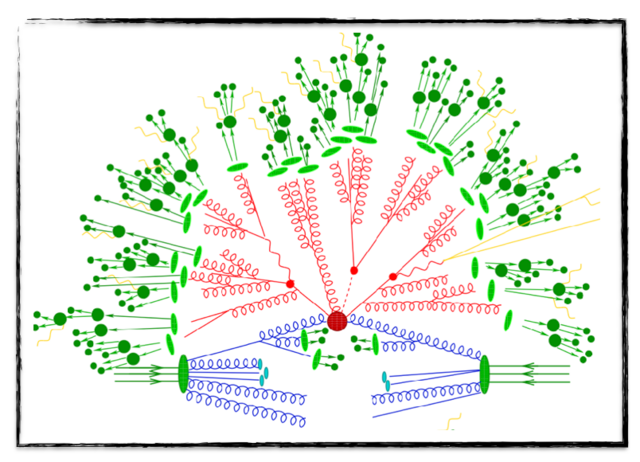Our meetup where steemSTEM (and thus STEEM) will go underground to see the Large Hadron Collider at CERN, in the area of Geneva, is in slightly more than two weeks from now (on February 9th).
I am thus left with not so much time to finalize this series aiming to prepare the participants to what they will see. The good news is that only very few episodes are left to be written.

The transparencies that I will present at the meetup are available on my google drive and cover mostly what I said in these posts (there is of course extra stuff, to make it funnier).
In the first two posts of this series, I have described how matter is structured at its most fundamental level (see here) and how the interactions of the fundamental particles work (see here). In the previous post, I have finally introduced why we needed to add a Higgs boson to the theory (see here).
In this latter article on the Higgs boson, I have in particular mentioned that the discovery of the Higgs boson was originating from the comparison of theory predictions with accurate-enough experimental data. This post is dedicated to the first of these two items. I will explain how the predictions can be made from the Standard Model of particle physics, in a few words of course.
THE STANDARD MODEL CUP (OR LAGRANGIAN)
As a high-energy theorist, my goal in life (yeah really) is to make predictions that can be tested experimentally. In the previous posts of this series, I have described the ingredients underlying the Standard Model. However, how to make predictions?
This is the topic of the day.

[image credits: CERN shop]
The particles that I have introduced in the previous posts, the way they interact and the Brout-Englert-Higgs mechanism all fit within a very compact quantity: the Standard Model Lagrangian.
I will not give the equation myself, but just say that it is so elegant that it fits on a cup (see the figure). Bonus, there are two mistakes on this cup (that can be bought at CERN by the way). Don’t hesitate to try to find them ;)
And this Lagrangian is the key player. From it, we can calculate the production rates of this or that particle at the LHC, we can evaluate the sensitivity of an analysis to a new physics signal, and so on.
One very cool way to make those predictions is to rely on Feynman rules. These consist in diagrams that can be extracted from the Lagrangian, and there is one diagram for each interaction of the model.
I give an example with electromagnetism below.

The Standard Model Lagrangian includes, among others, Feynman rules corresponding to:
- the electromagnetic interactions of the electron (the electron-positron-photon interaction in blue, on the top left),
- the electromagnetic interaction of a muon (the electron-positron-photon interaction in orange, on the bottom left).
In order to calculate, for instance, a rate, it is sufficient to draw all the possible diagrams connecting a given initial state to a given final state. It is at the end just a game! Nothing more nothing less!
For instance, in the picture above, I show the diagram describing how a muon-antimuon pair can originate from an electron-positron collision. The diagram is made by rotating the orange rule and gluing it to the blue one. That’s it.
However life is not that nice. For getting correct predictions, we need to find all the diagrams. One is missing, and we are totally wrong (not even partially correct).
At the end, we can think it should be possible to design an algorithm that does it. One tries cleverly all possibilities and we should get fine. And then, we can teach it to a computer… :)
Too late for this. There are actually already several (open access and open source) computer codes doing those derivations for us.
FROM FEYNMAN RULES TO LHC COLLISIONS
From the set of Feynman rules, we can write some integrals, that consist in the stuff to calculate to get LHC predictions. Those integrals are not easy, as they are highly multidimensional and cannot (most of the time) be solved analytically. However, numerical methods work well (computers again).

[image credits: Super-spread HEP picture]
But the story does not end here. The entire collision picture is much more complicated than just getting some little diagrams. This is illustrated on the figure on the right.
The Feynman rules as depicted above only allow for computing the red blob in the middle of the figure.
We are indeed at the LHC, a strongly- interacting environment where highly-energetic particles are present and are produced. Those particles have the properties to radiate other strongly-interacting particles. Life becomes messy. This is the extra red stuff on the picture.
However, this can be calculated with Feynman rules (and other stuff too).
Our strongly-interacting particles will eventually form composite states (the green stuff), which we have phenomenological models that work pretty well for. Finally, these composite states consist in what we will detect under the form of hits and tracks in a detector.
The good news is that we have computer programs to handle everything. The super good news is that we even have programs to change the cup and insert another one at the very top of the chain. And finally, we also have program that helps to analyze what is going on at the end of the chain.
In summary, we are well equipped :p
SUMMARY
In this post, I have tried to briefly explain how to make predictions within the Standard Model. I introduced the Standard Model Lagrangian (without really saying what it was :p) and sketched how to make predictions with it (in particular with Feynman rules).
In the next post, I will turn on how signals are recorded in a detector.
The associated slides are available on my google drive. More information can be found in this textbook, among others.
SteemSTEM
SteemSTEM is a community-driven project that now runs on Steemit for more than a year. We seek to build a community of science lovers on Steemit and to promote well written/informative Science Technology Engineering and Mathematics (STEM) postings in order to make Steemit a place for fascinating STEM content.
More information can be found on the @steemstem blog and on the Steemit chat and in our last project report.
